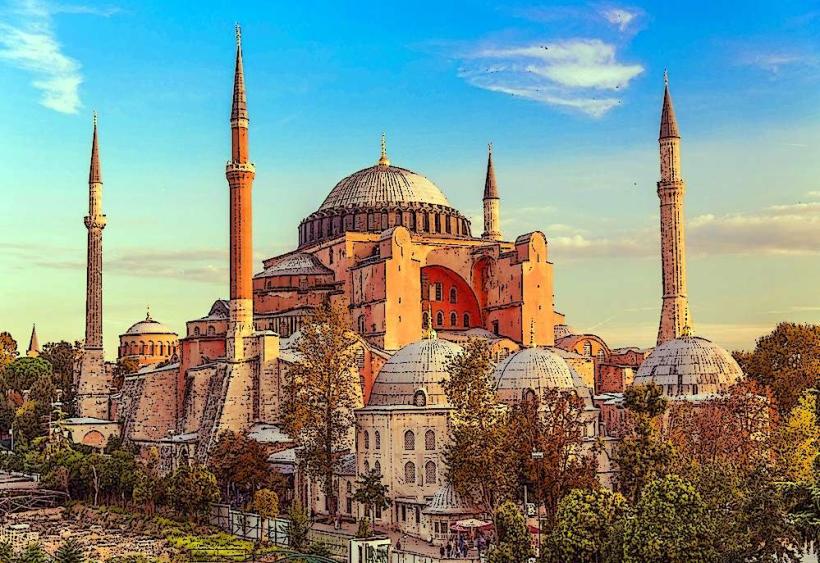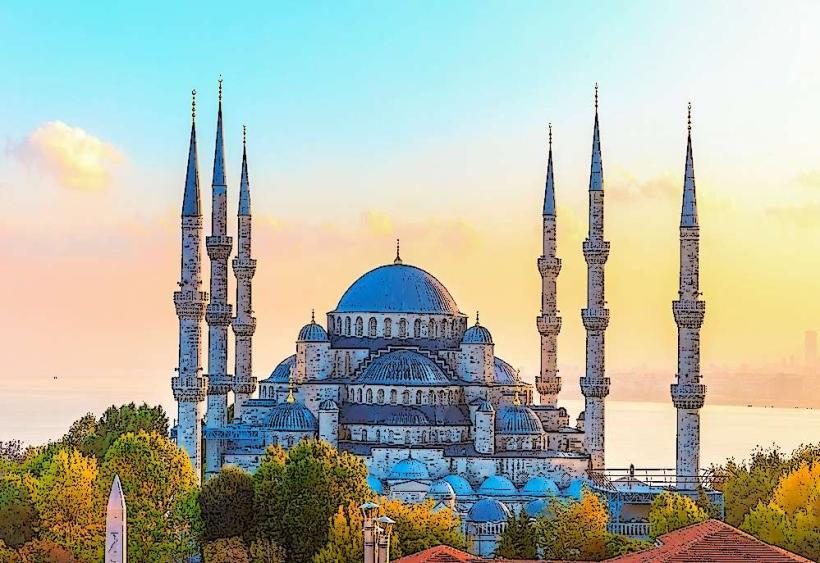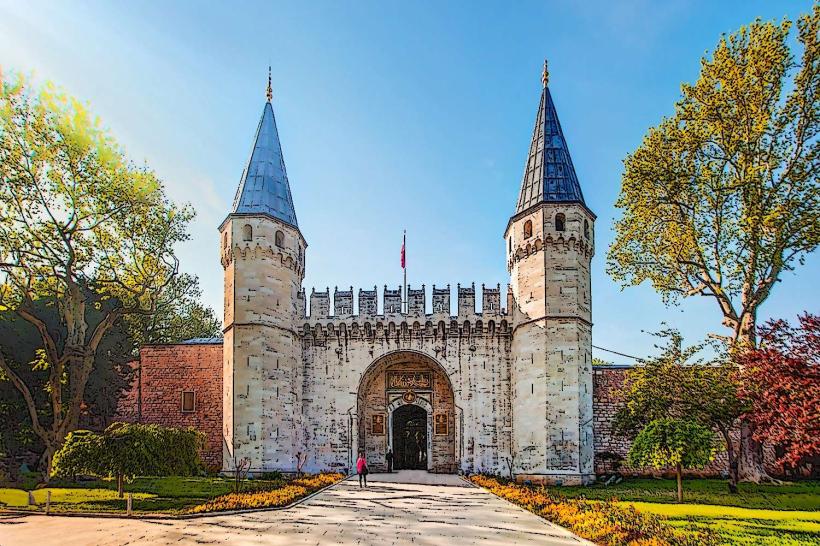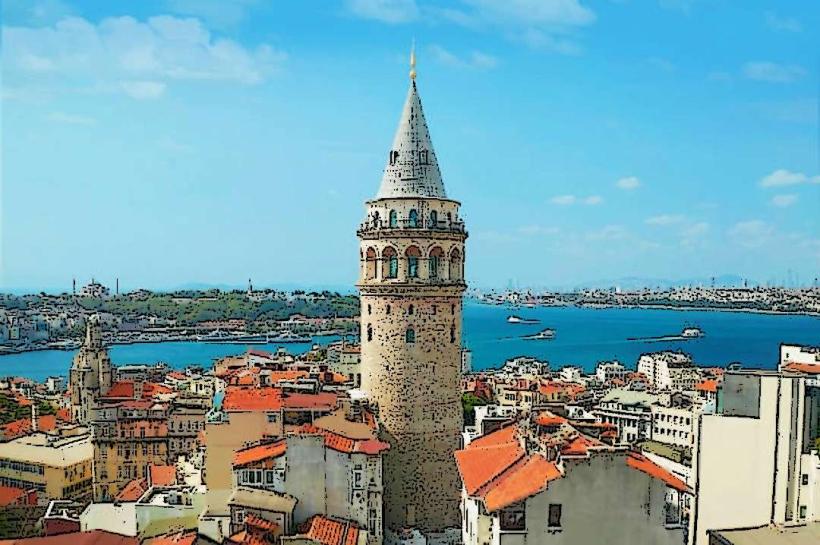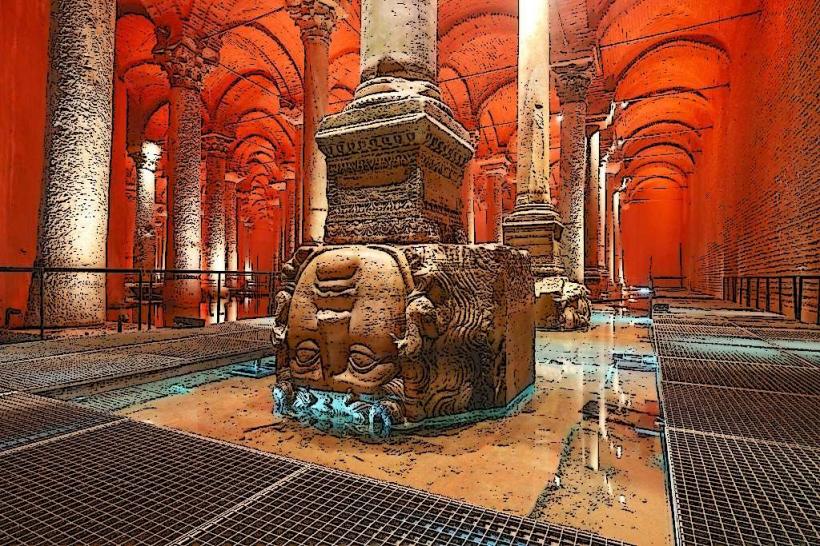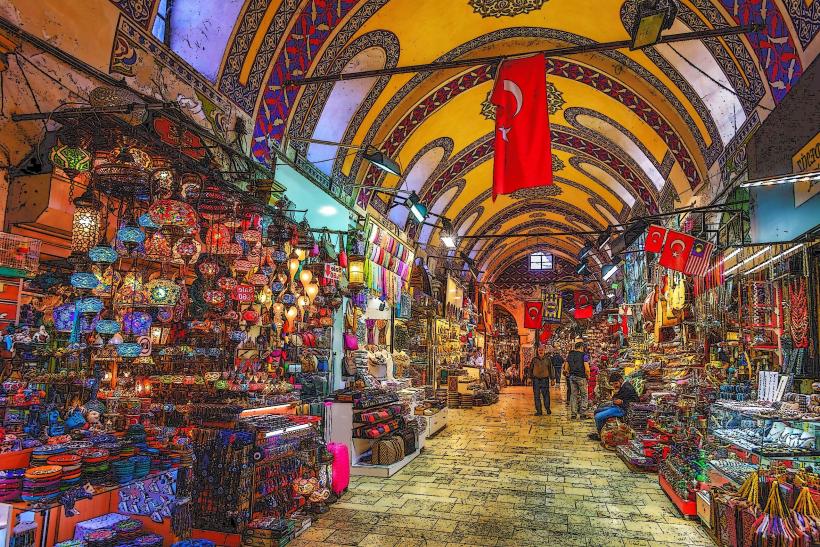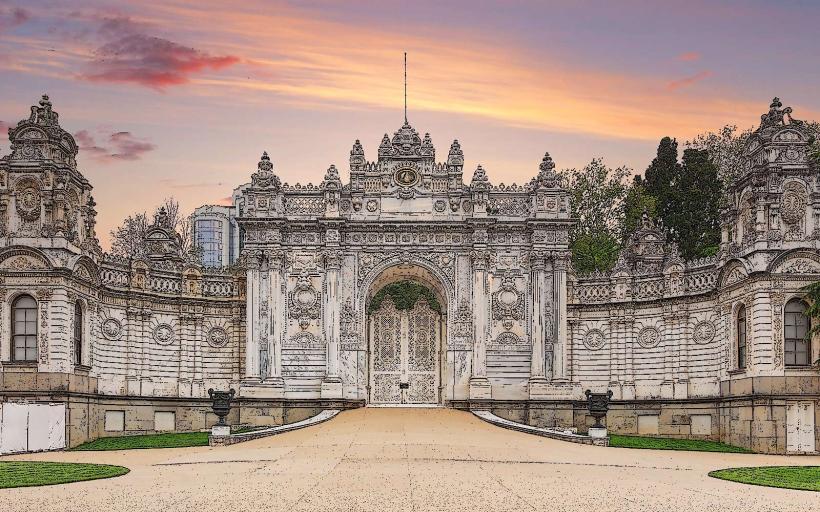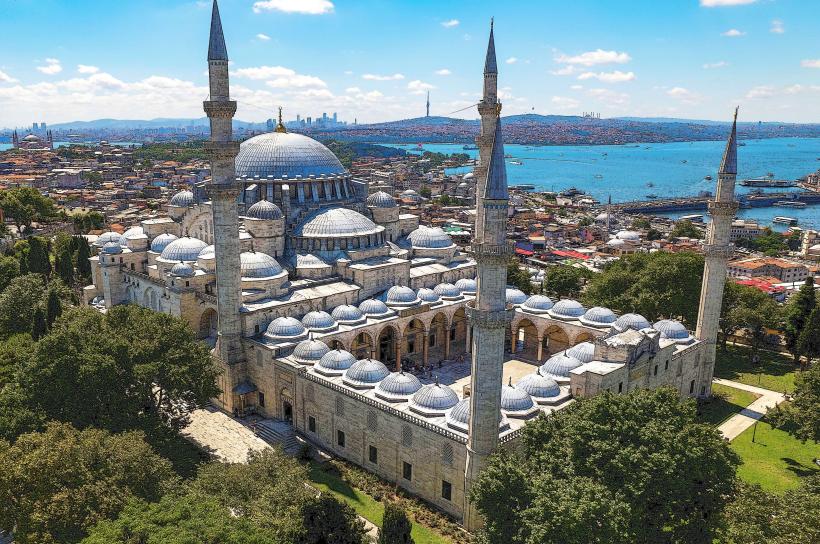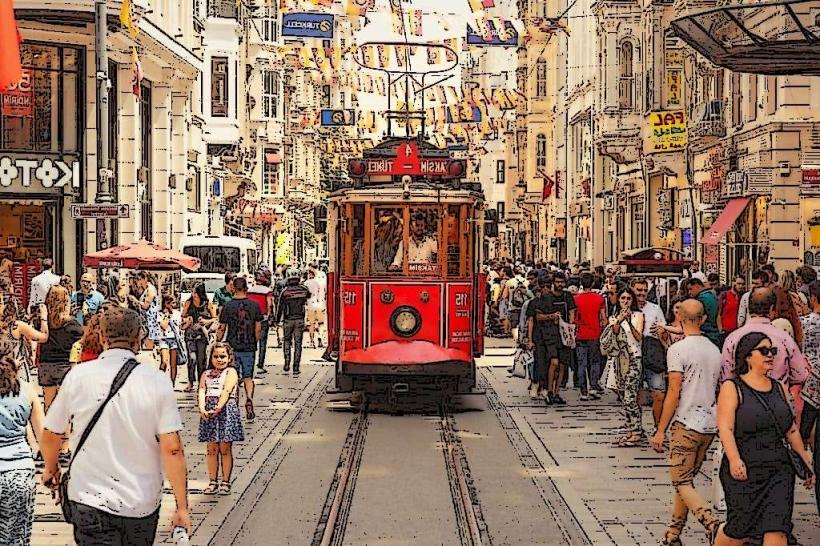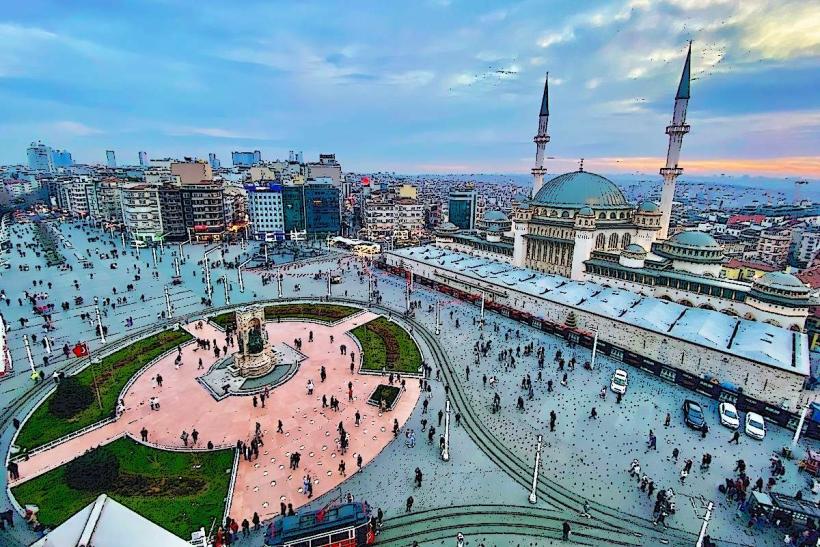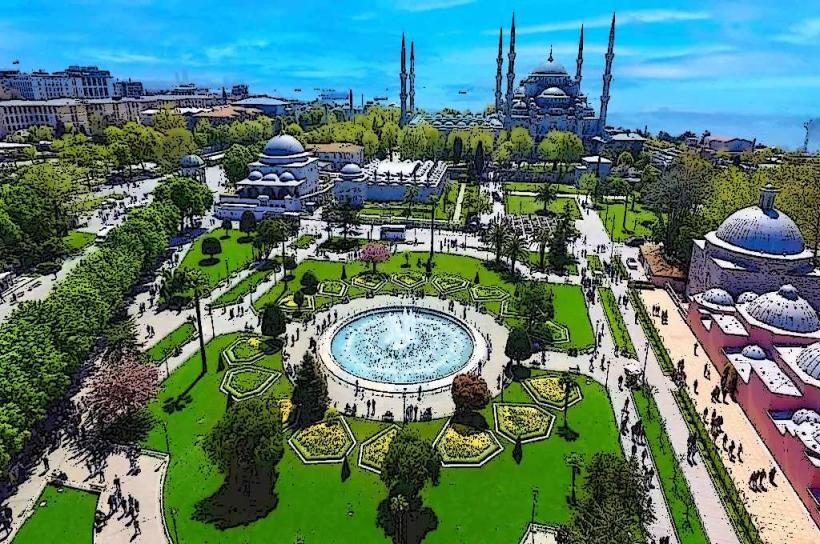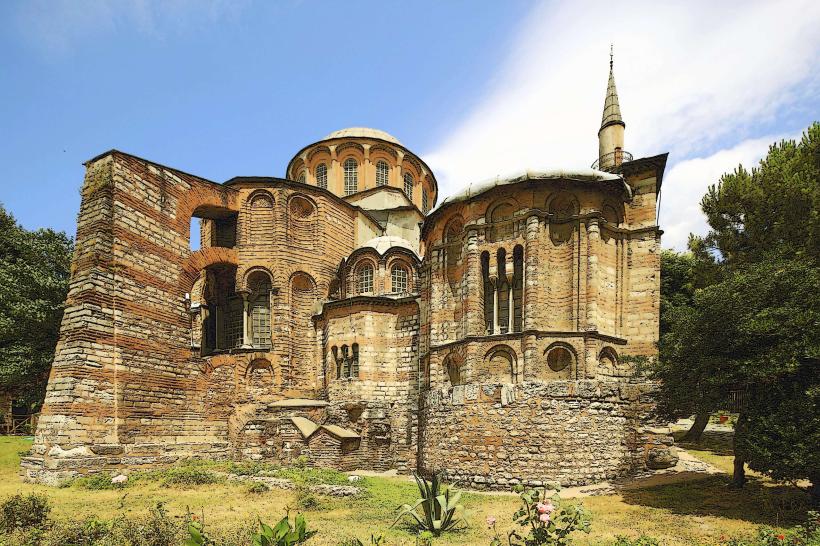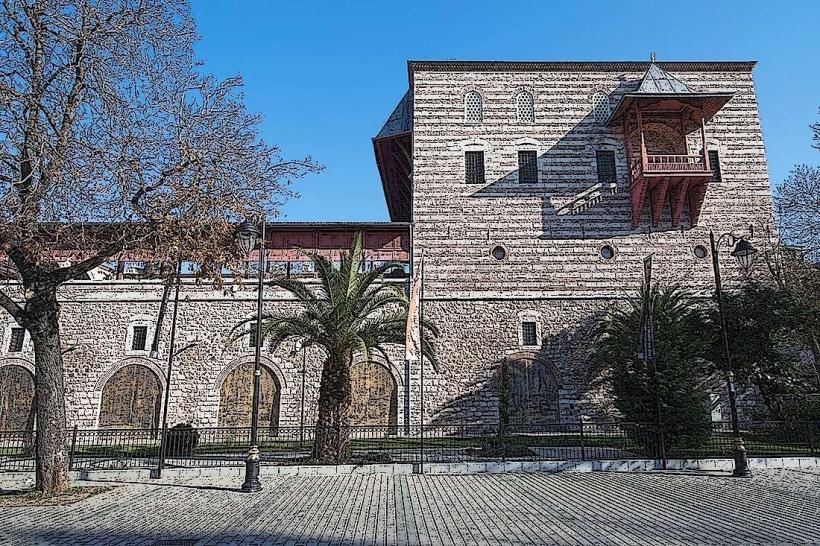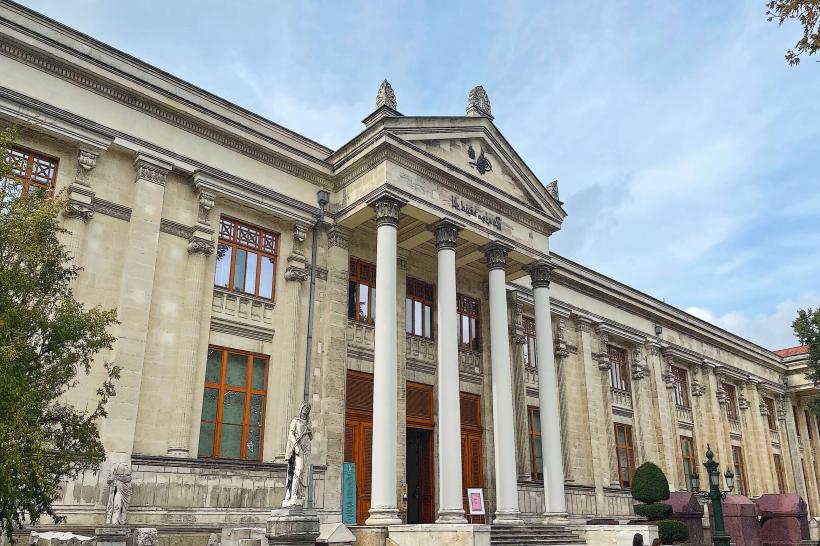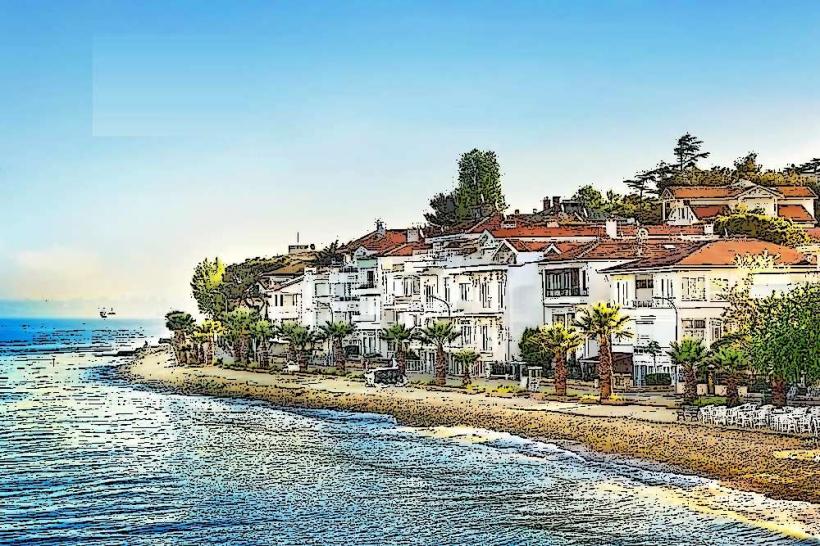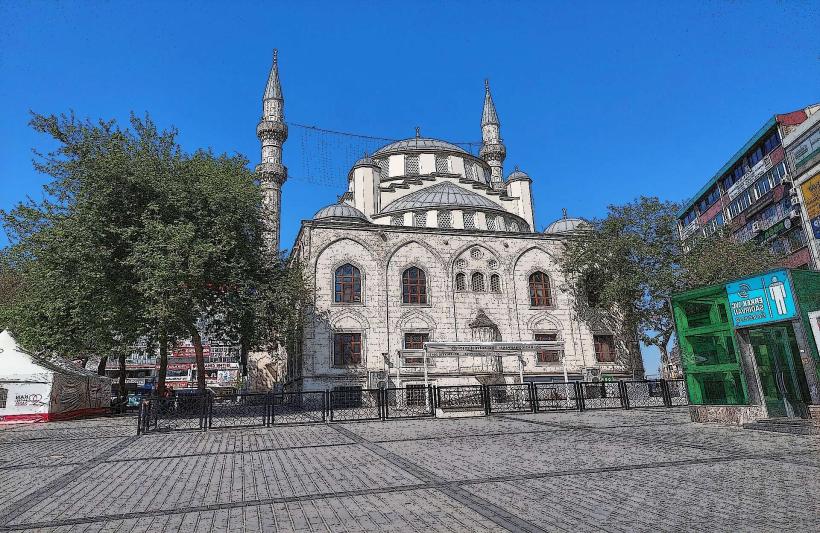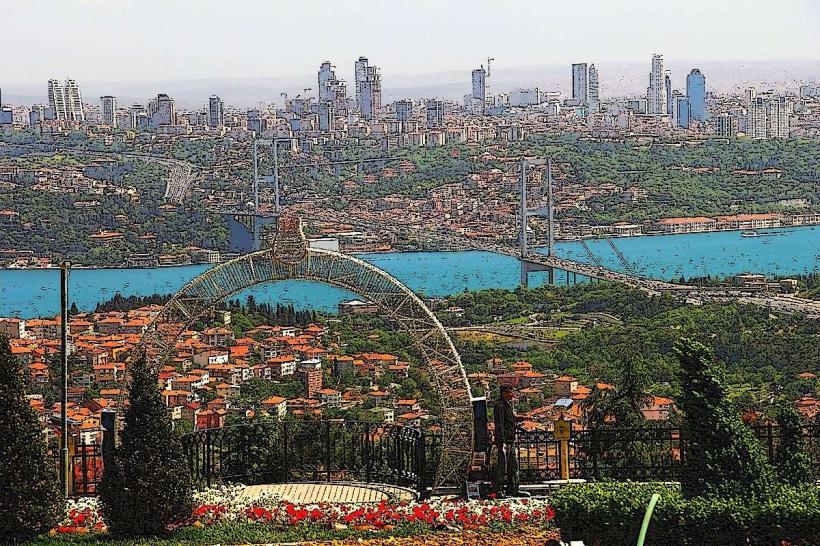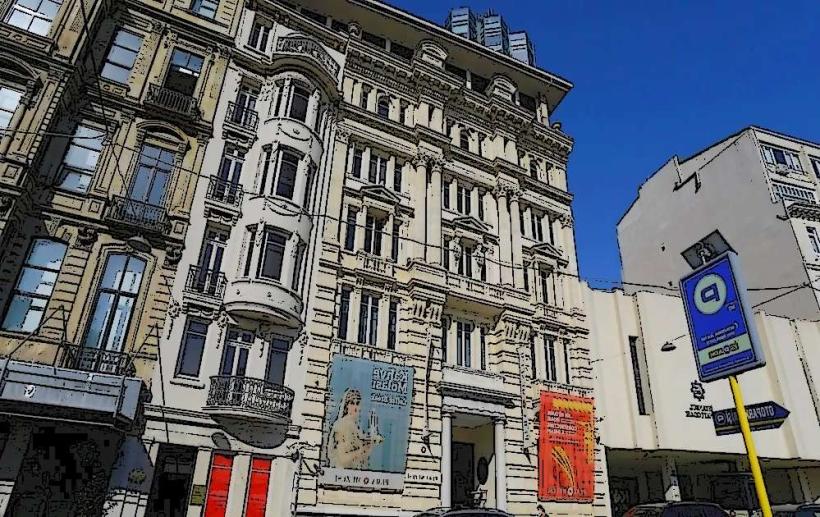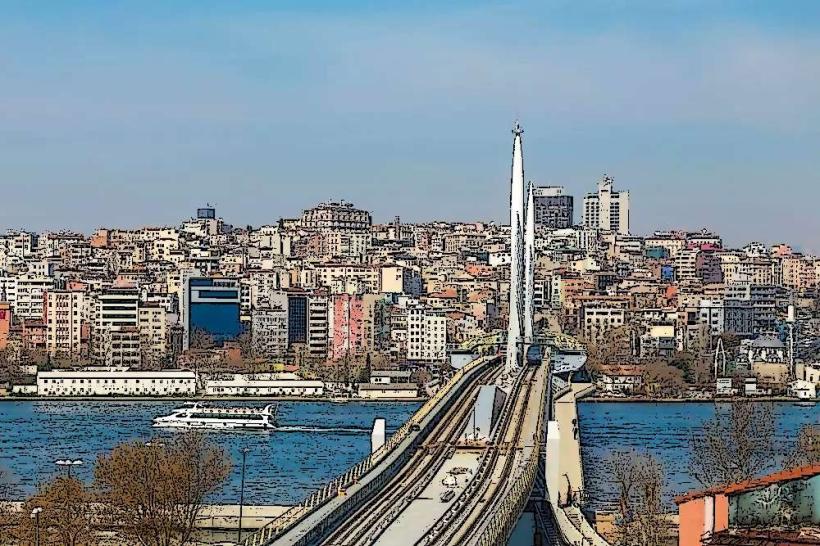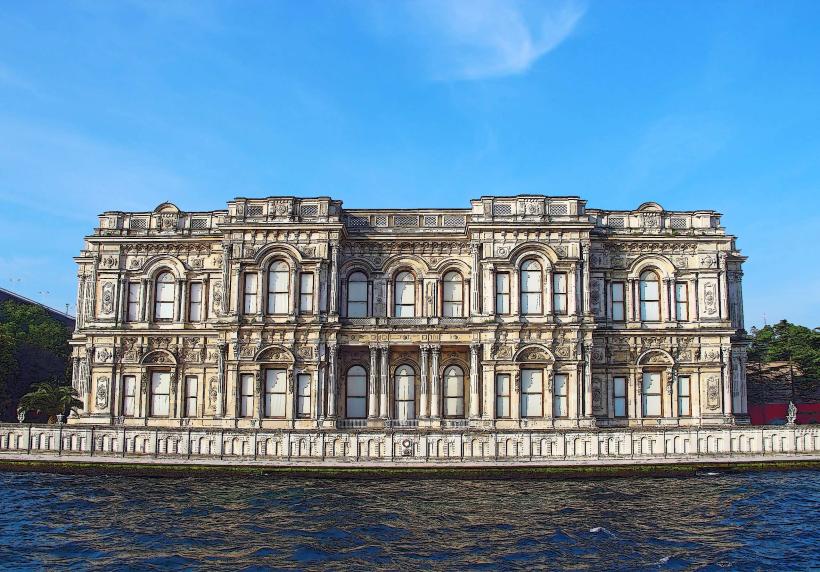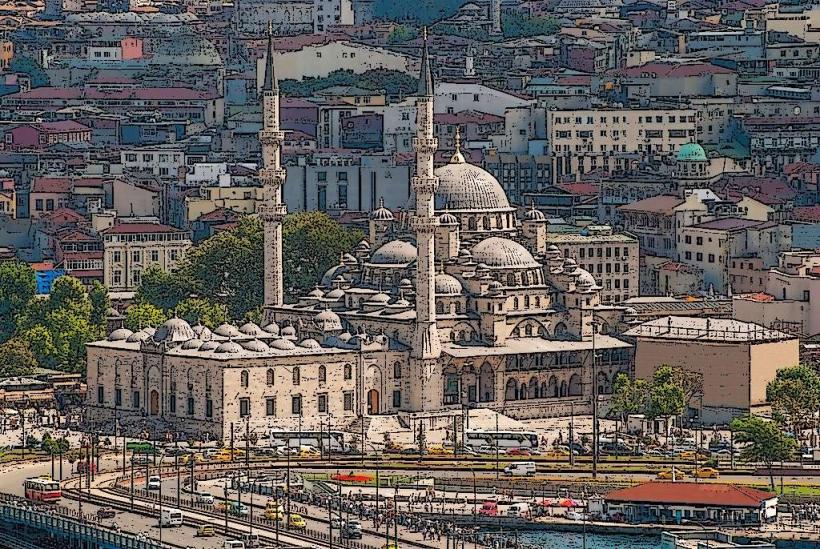Information
Landmark: Little Hagia Sophia MosqueCity: Istanbul
Country: Turkey
Continent: Asia
Little Hagia Sophia Mosque, Istanbul, Turkey, Asia
Overview
Tucked into Istanbul’s Sultanahmet district, the Little Hagia Sophia Mosque (Turkish: Küçük Ayasofya Camii) stands as a graceful piece of history, its stone walls softened by centuries of sea air, also people often think of it as a smaller, lesser-known twin to the Hagia Sophia, with arches and domes that blend the elegance of Byzantine curves and the ornate detail of Ottoman design.In Istanbul, the mosque stands out as a treasured landmark, valued for its deep history and the graceful curves of its domes, likewise the Little Hagia Sophia began as a church in the 6th century, built under Emperor Justinian I during the Byzantine Empire, its stone walls rising at the same time workers were shaping the great Hagia Sophia.People knew it as the Church of Saints Sergius and Bacchus (Turkish: Sergios ve Bakhos Kilisesi), a destination dedicated to the Christian martyrs Saint Sergius and Saint Bacchus, on top of that byzantine Era: Completed around 536 AD, the church stood among the most essential in the empire’s bustling capital, its domes catching the morning light.Its architecture foreshadowed the grandeur of Hagia Sophia, with a soaring central dome resting on pendentives and a nave laid out in a balanced, harmonious sweep, and ottoman Era: When the Ottomans seized Constantinople in 1453, they turned the church into a mosque, raising a minaret beside its ancient stone walls.They called it the Little Hagia Sophia for its striking resemblance to the great Hagia Sophia, which, after Constantinople fell, was turned into a mosque with towering minarets, along with the mosque kept its original shape, though the Ottomans added features like a slender stone minaret that rose sharply into the sky.Today, the Little Hagia Sophia Mosque still serves as a location of worship, and its doors stand open to visitors who step onto its cool, worn stone floors, on top of that it may not be as well-known as the Hagia Sophia, but it still stands as a vivid marker of the cultural and religious shifts that swept through Istanbul after the Ottomans took control.The Little Hagia Sophia Mosque showcases graceful Byzantine design, later enriched with Ottoman touches, from its soaring dome to the delicate arches that catch the morning light, moreover the design blends distinct elements from both Byzantine Christian and Ottoman Islamic traditions, with details like domed arches that speak to each style.One, subsequently like the grand Hagia Sophia, the Little Hagia Sophia rises beneath a wide central dome, its weight carried on graceful pendentives-a hallmark of Byzantine design.The dome makes the room feel taller, the air stretching upward like light spilling into a quiet hall, what’s more the church was first built with a centralized floor plan, its walls circling a high, echoing dome, and later reworked to fit the mosque’s design.The building’s floor plan is square, or close to it, with a central dome rising right in the middle like a stone crown, then nave and Aisles: The nave and aisles guide the eye toward the altar, drawing you down the long, echoing stretch of the Christian church.Once it became a mosque, the builders set the mihrab-a petite, arched prayer niche-right in the middle of the nave, at the same time number two.When the Ottomans seized the church and turned it into a mosque, they reshaped parts of the building to suit its novel purpose, adding, among other changes, a slender stone minaret that rose sharply against the sky, in conjunction with the minaret rose above the courtyard, carrying the muezzin’s call to prayer through the air, and over time it stood out as one of the mosque’s most striking features.Mihrab: A prayer niche was set into the central apse, guiding worshippers toward Mecca like an arrow pointing true north, in turn the mihrab’s design is an Ottoman touch, echoing Islamic tradition in its graceful curves.The mimbar, or pulpit where the imam speaks, stands beside the mihrab-a carved niche in the wall-both hallmarks of Ottoman mosque design, to boot the walls and interior glow with Ottoman-era Islamic calligraphy, from looping verses to the names of the Prophet Muhammad and the first four caliphs.Three, in conjunction with interior Decoration Mosaic Remnants: When the building became a mosque, most of its Christian mosaics were hidden or torn away, yet a few Byzantine pieces still glint high on the walls, offering a fleeting glimpse of the church’s past.Marble columns still rise in the mosque, their carved capitals-once part of the church-displaying the crisp, elegant lines of Byzantine design, after that the marble columns, cool and smooth to the touch, are carved with stunning precision, a clear mark of Byzantine skill at its finest, sort of Ottoman influence shows clearly in the tile work, the glazed blues and whites decorating countless mosques across Istanbul, what’s more the tiles display intricate geometric shapes and curling floral designs, the kind you’d often notice in classic Ottoman art.This really matters-like the first spark that lights a murky room, furthermore the Little Hagia Sophia stands as a vivid marker of the shift from Christian Byzantium to Islamic Ottoman rule, its stone walls holding echoes of both cross and crescent.It captures both the continuity and the transformation that followed the Fall of Constantinople in 1453, when the city’s ancient walls still stood but its rulers and faith had changed, while in Istanbul, this mosque stands among many landmarks that reveal the city’s rich, layered history, where echoes of church bells meet the call to prayer in its mix of Christian and Islamic design.Number two, as a result the mosque stands as one of the earliest and most significant examples of how the Ottomans reworked Byzantine church design, its domes echoing the shape of the older stone sanctuaries.It became the blueprint for other major Ottoman mosques, especially with its soaring central dome resting on graceful pendentives, moreover number three.Today, the Little Hagia Sophia Mosque welcomes local Muslims for daily prayers, its quiet halls still alive with the murmur of devotion, equally important once a church, later a mosque, it holds a rare site in Istanbul’s story, linking the echoes of bells with the call to prayer, under certain circumstances You can visit the Little Hagia Sophia Mosque, but remember it’s still a location of worship-dress modestly, cover your shoulders, and keep quiet while prayers echo through the hall, in turn when you visit, remember that this is a living destination of worship, so check the prayer schedule-during those times, the halls fill with the quiet shuffle of worshippers.Tourists can’t enter during the five daily prayers, when the air fills with quiet murmurs, but the doors are open the rest of the day, therefore entrance: You can visit the mosque for free, as it’s still an active area of worship where soft prayers echo through the hall, sort of The mosque sits near Sultanahmet Square, just a short stroll past cobblestone streets from landmarks like the Blue Mosque and Hagia Sophia, after that you can get there quickly by bus or train, and the stop’s just a short meander from the entrance, in some ways In conclusion, the Little Hagia Sophia Mosque is a beautifully preserved gem where the echoes of Byzantine arches meet the elegance of Ottoman design, giving visitors a vivid glimpse into Istanbul’s layered past, in addition whether you’re drawn to graceful arches, fascinated by centuries-timeworn stories, or just eager to wander through a quiet yet stunning mosque in Istanbul, you shouldn’t miss the Little Hagia Sophia.With its striking mix of Byzantine arches and Ottoman domes, paired with a rich, layered history, it draws anyone eager to trace Istanbul’s cultural and spiritual journey.
Author: Tourist Landmarks
Date: 2025-09-22

